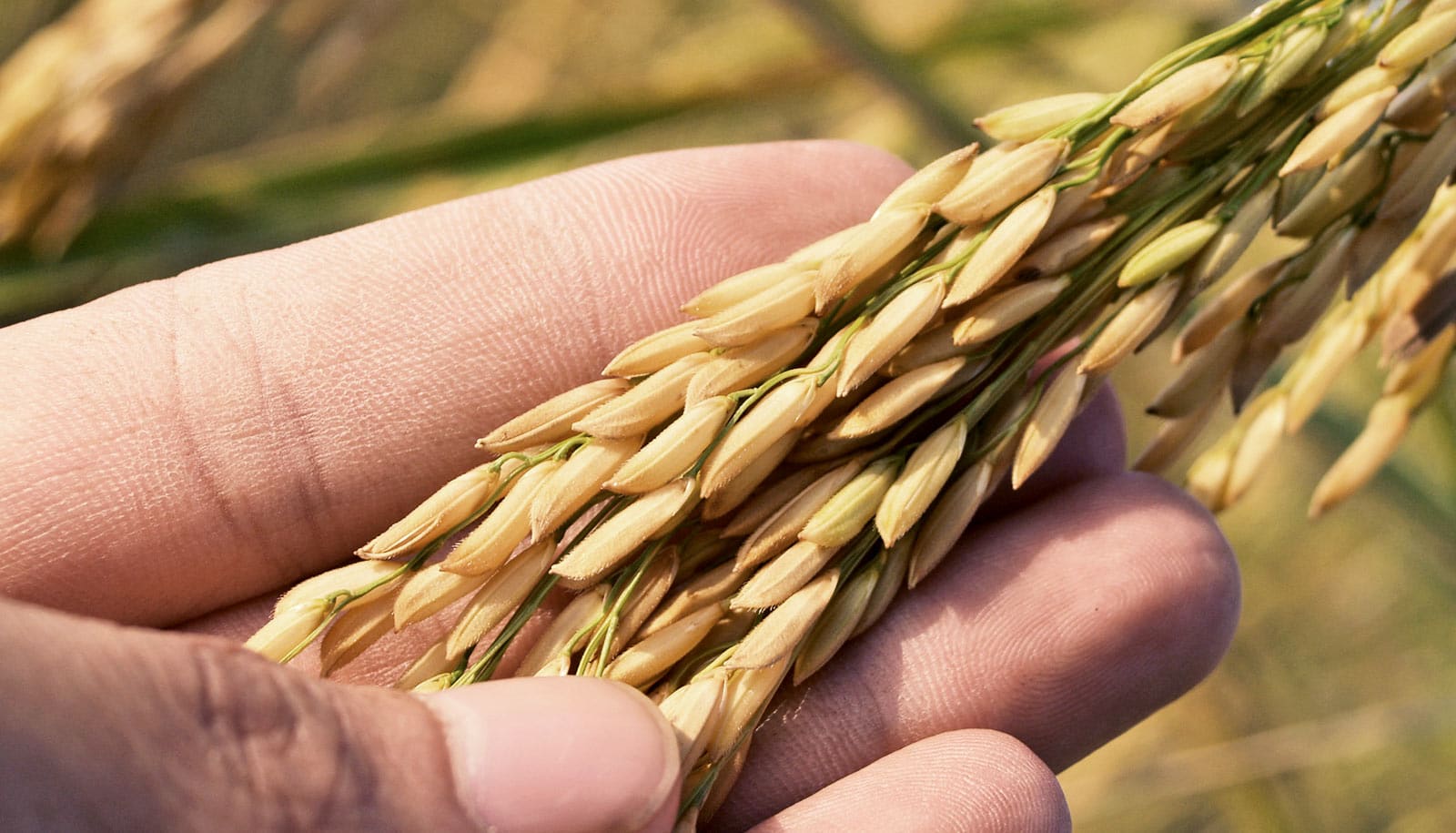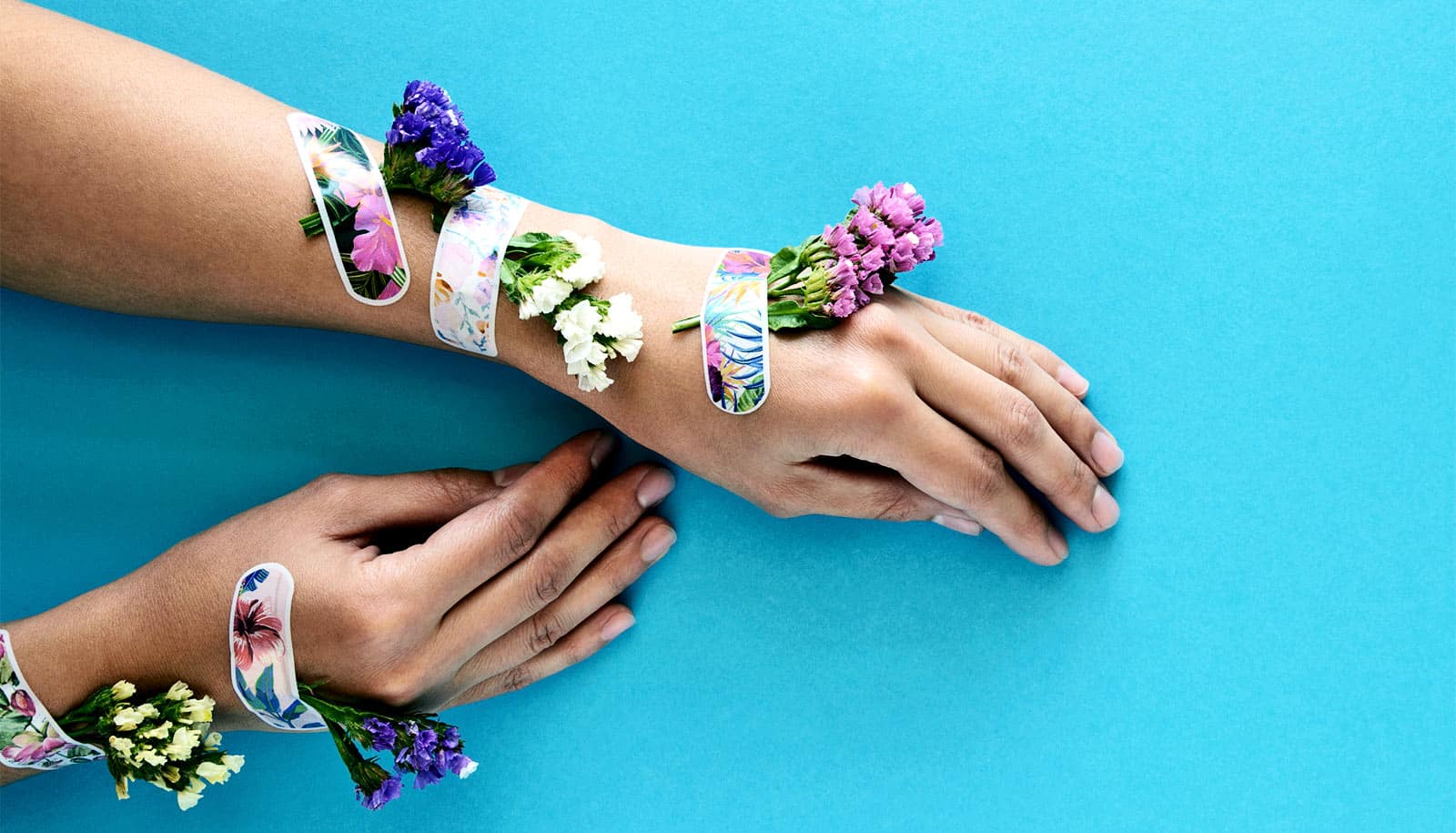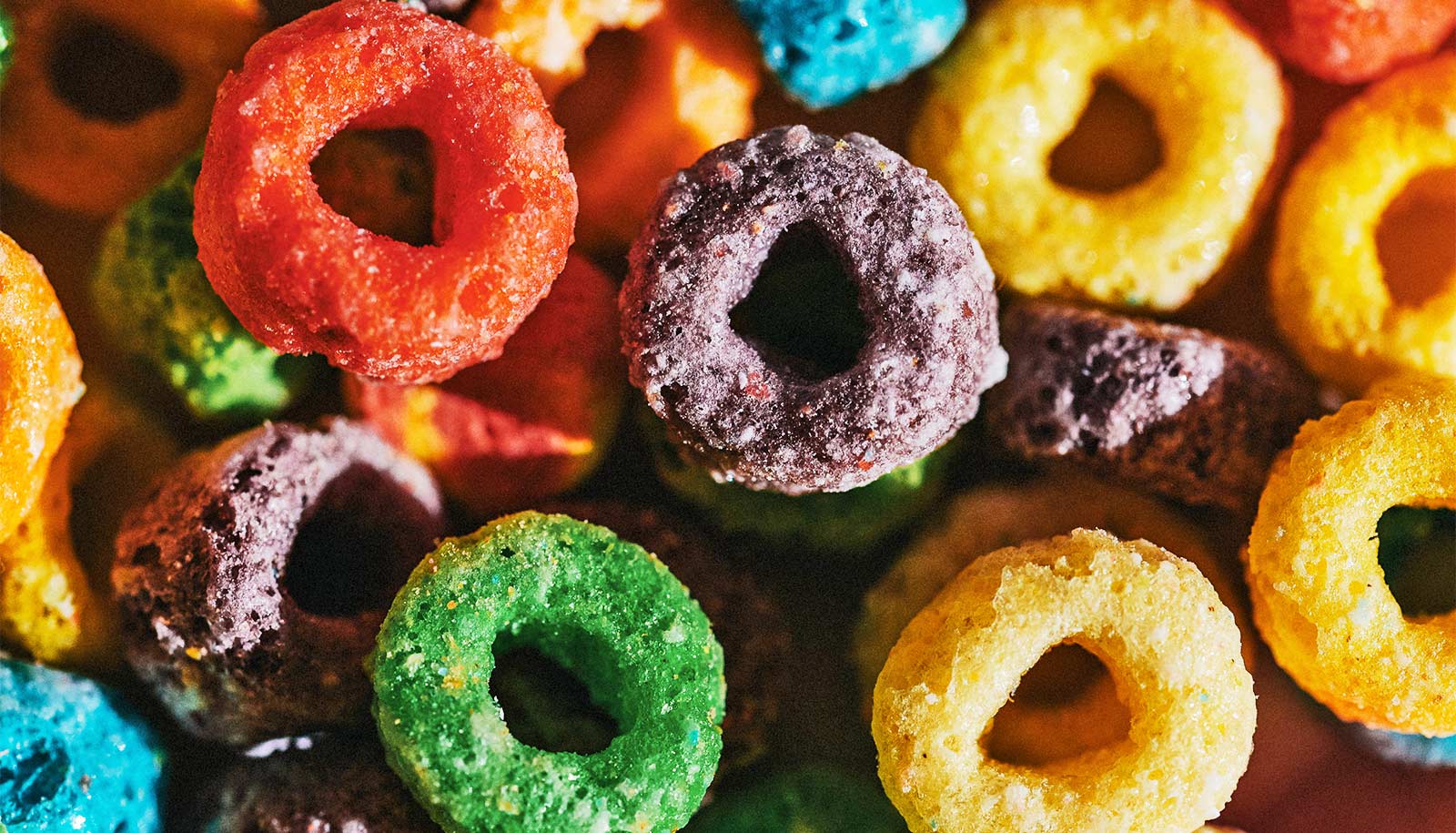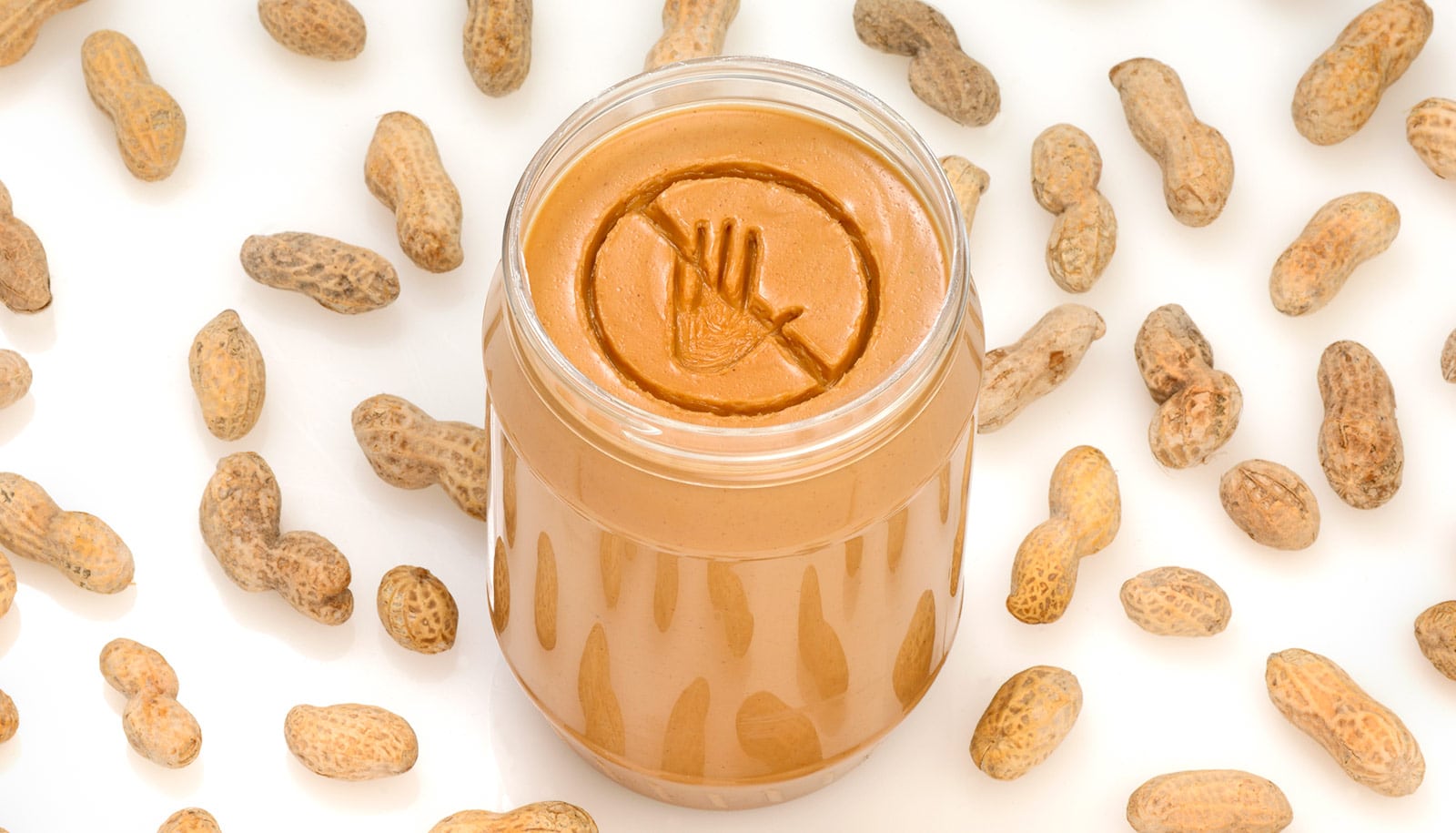A new version of genetically modified rice contains multiple micronutrients, rather than just one, overcoming a limitation of early modified rice plants.
Almost 50 percent of people globally eat rice to meet their daily calorie needs. While a meal of rice stops hunger, it contains very few essential micronutrients, if any. As a consequence, large segments of the human population are malnourished, especially in Asia and Africa. They do not obtain enough iron, zinc, or vitamin A to stay healthy.
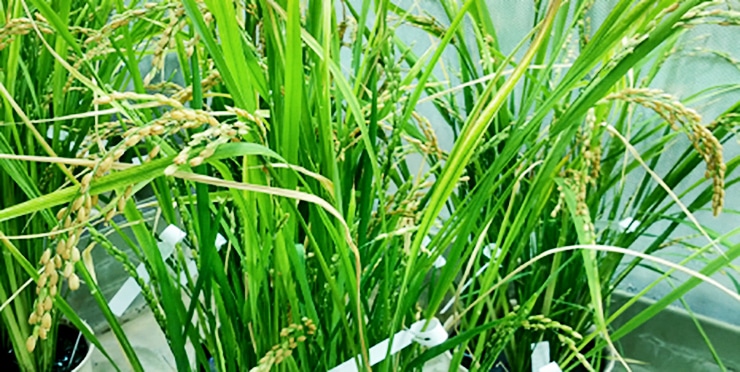
Insufficient iron intake results in anemia, retards brain development, and increases mortality among women and infants. If children are deficient for vitamin A, they can become blind and their immune system is weakened, which can cause infectious diseases such as measles, diarrhea, or malaria.
In 2000, researchers developed a new rice variety to combat malnutrition, which became known as “Golden Rice.” This was one of the first genetically modified rice varieties in which the researchers could produce beta-carotene, the precursor of vitamin A, in the endosperm of the rice grain.
Until now, combining several micronutrients into one rice plant was a dream that had not been realized.
Researchers improved Golden Rice and it is now used in breeding programs in several countries, primarily in Southeast Asia. To address other micronutrient deficiencies, researchers also developed rice varieties with increased iron levels in the rice and wheat grains.
All of the new transgenic rice varieties had one thing in common, however: they could only provide one particular micronutrient. Until now, combining several micronutrients into one rice plant was a dream that had not been realized.
Now, researchers have succeeded in genetically modifying rice plants such that, in addition to sufficient levels of iron and zinc, they also produce significant levels of beta-carotene in the endosperm of the grain compared to normal varieties.
“Our results demonstrate that it is possible to combine several essential micronutrients—iron, zinc, and beta-carotene—in a single rice plant for healthy nutrition,” explains Navreet Bhullar, a senior scientist in the Laboratory of Plant Biotechnology at ETH Zurich and leader of the research.
Can biofortified rice ease ‘hidden’ hunger?
Scientifically, the success was the engineering of a gene cassette containing four genes for the micronutrient improvement that could be inserted into the rice genome as a single genetic locus. This has the advantage that iron, zinc, and beta-carotene levels can be simultaneously increased by genetic crosses in rice varieties of various countries. Otherwise, it would be necessary to cross rice lines with the individual micronutrients to reach the improved micronutrient content in rice grains.
Bhullar and her doctoral students worked for several years to establish this proof-of concept. Although the grains of the multi-nutrient rice lines have more beta-carotene than the original japonica rice variety, depending on the lines the beta-carotene content can be ten-fold lower than in Golden Rice 2, the improved variant of Golden Rice.
“But if one would substitute 70 percent of the currently consumed white rice with the multi-nutrient variety, this could markedly improve vitamin A supplementation already in addition to sufficient iron and zinc in the diet,” emphasizes the researcher.
The new multi-nutrient rice lines are still in their testing phase. Until now, the plants have been grown in the greenhouse and analyzed for their micronutrient content.
“We will improve the lines further,” says Bhullar. She plans to test the plants in confined field trials to determine if the micronutrient traits and agronomic properties are robust in the field as they are in the greenhouse.
Bhullar hopes that the new rice lines will be tested in the field next year. But she does not know yet when they are ready for production in farmer’s fields.
“It will probably be five years before the multi-nutrient rice can be used to reduce hidden hunger,” she says.
What’s keeping Golden Rice from feeding the world?
A paper outlining the research appears in the journal Scientific Reports.
Source: ETH Zurich
